We’re diving into the heart of fall baking with something irresistibly fragrant: pumpkin sourdough bread. This recipe brings the best of sourdough’s tang and combines it with the earthy sweetness of pumpkin, warm cinnamon, and brown sugar swirls. You’ll learn how to shape filled sourdough loaves, how pumpkin affects fermentation, and how to bake it for the ultimate crust and crumb. Whether you’re new to sourdough or looking for your next cozy project, this article has everything you need to master pumpkin sourdough bread.
Table of Contents
Table of Contents
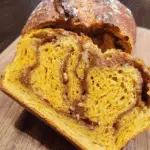
Pumpkin Sourdough Bread with Cinnamon Swirl
- Total Time: 1H 30M
- Yield: 1 loaf 1x
- Diet: Vegetarian
Description
This cozy pumpkin sourdough bread features warm cinnamon swirls, crushed pecans, and a soft golden crumb. A perfect fall bake for sourdough lovers.
Ingredients
100 g sourdough starter (active & bubbly)
500 g bread flour
180 g water
200 g pumpkin purée
12 g salt
30 g maple syrup
Pinch of cinnamon
Filling:
50 g pumpkin purée
100 g brown sugar
1 tsp cinnamon
15 g flour
60 g crushed pecans
Pinch of nutmeg
Instructions
1. Mix starter, pumpkin purée, water, maple syrup, cinnamon, and flour until combined. Add salt after 30-minute rest.
2. Stretch and fold over 2–3 hours, every 30–45 minutes.
3. Let bulk ferment at room temp until nearly doubled.
4. Roll into a rectangle and spread filling evenly.
5. Roll up jelly-roll style, seal seams, and shape.
6. Place in floured banneton and cold proof overnight.
7. Preheat oven and bake at 230°C / 450°F for 20 mins covered, then 25 mins uncovered.
8. Cool completely before slicing.
Notes
Want extra crunch? Sprinkle pecans on top before baking.
Use canned pumpkin for best texture. Fresh must be thick.
Add cardamom or clove for spiced variation.
- Prep Time: 45M
- Cook Time: 45M
- Category: Sourdough
- Method: Baking
- Cuisine: American
Nutrition
- Serving Size: 1 slice (1/10 loaf)
- Calories: 190
- Sugar: 6g
- Sodium: 280mg
- Fat: 3g
- Saturated Fat: 0.5g
- Unsaturated Fat: 2.5g
- Trans Fat: 0g
- Carbohydrates: 35g
- Fiber: 2g
- Protein: 5g
- Cholesterol: 0mg
Keywords: pumpkin sourdough bread, fall sourdough, cinnamon swirl bread
My Fall Ritual – Why I Bake Pumpkin Sourdough Bread Every Year
A Dough That Feels Like Autumn
The first time I made pumpkin sourdough bread, it wasn’t part of a plan. I had leftover pumpkin purée from a pie and a starter that was bubbling away on the counter. I thought, “Why not combine them?” The moment I sliced into that cinnamon-laced swirl and saw the golden crumb, I was hooked. It was soft, fragrant, and surprisingly tangy the perfect mix of comfort and curiosity.
Now, every October, this bread kicks off my fall baking season. I wait for that first chilly morning, light a candle, and bring out the pumpkin and flour. If you’ve never tried a swirl like this in sourdough, it’s simpler than you’d think and so worth it. The cinnamon sugar melts just enough to give it a sticky, caramelized spiral, and the pecans give it texture and crunch.
It’s a bread that invites you to slow down mixing by hand, stretching gently, letting it rise overnight. It’s also incredibly forgiving. Even if your swirl isn’t perfect or the crust bakes darker, the flavor will still shine. That’s the beauty of homemade sourdough: imperfections don’t ruin the loaf, they make it yours.
You can even experiment with it like I do. Sometimes I swap the pecans for walnuts or skip the nuts entirely. I’ve also added cardamom for an extra layer of spice. And if you’re already a fan of seasonal baking, you might love the way this Sourdough Discard Apple Muffins recipe makes your kitchen smell just as incredible or this fruity twist in Lemon Blueberry Sourdough Bread.
How Pumpkin Enhances Sourdough Fermentation
Pumpkin isn’t just a seasonal flavor it’s also a fermentation booster. The natural sugars in pumpkin purée feed your sourdough starter, making your dough rise faster and fuller. That’s why pumpkin sourdough bread often feels lighter and airier than traditional loaves. It’s especially helpful in cooler weather when fermentation tends to slow down.
Pumpkin also adds moisture to the crumb, helping you achieve that tender, almost cake-like texture without any dairy. And the color? It bakes into the most beautiful golden hue. You can even taste the subtle earthiness it brings, balancing the sourdough’s tang with a mellow sweetness. It’s one of those additions that transforms the entire bake not just the flavor, but the feel of the dough in your hands.
If you’ve worked with enriched sourdoughs before, you’ll notice that this one is easier to shape and stretch, thanks to pumpkin’s natural silkiness. And the dough stays moist for days, making it perfect for toasting throughout the week. Honestly, once you try it, plain sourdough might feel a little plain.
Ingredients and Dough Process – Making the Perfect Loaf
Choosing the Right Ingredients for Sourdough Pumpkin Bread
The key to incredible pumpkin sourdough bread lies in simple, thoughtful ingredients. Each one has a role to play not just in flavor, but in structure, rise, and crumb.
Start with an active and bubbly sourdough starter. It should double within 4–6 hours of feeding. This ensures a strong rise and proper fermentation. Bread flour is ideal because of its higher protein content, which helps create that chewy-yet-soft crumb. If you only have all-purpose flour, it’ll work, but the dough may spread more and rise less.
The pumpkin purée should be plain no added sugar or spices. I prefer canned pumpkin for consistency, but if you roast and mash your own, make sure it’s thick, not watery.
Maple syrup adds a rich, woodsy sweetness that complements the tangy starter beautifully. You could use honey or brown sugar instead, but maple makes it feel distinctly autumnal.
Cinnamon and nutmeg round out the flavor, while salt (don’t skip it!) balances everything and strengthens the gluten network. If you’re adding pecans, lightly toasting them first makes a big difference in taste and crunch.
Here’s a quick breakdown of flour options for this bread:
| Flour Type | Texture & Rise | Best Use |
|---|---|---|
| Bread Flour | Strong rise, chewy crumb | Best overall choice |
| All-Purpose Flour | Softer, looser crumb | Okay in a pinch |
| Whole Wheat Flour | Dense, hearty crumb | Use in small amounts |
If you’re just getting started with sourdough, this Quick Sourdough Bread Recipe is a helpful warm-up to understand dough structure and timing.
Mixing, Folding & Bulk Fermentation Tips
Once you’ve gathered your ingredients, mixing the dough is simple but the technique matters. Stir together your starter, water, pumpkin purée, maple syrup, and spices first. Add the flour gradually, mixing until no dry bits remain. Let it rest for 30 minutes before adding salt (this helps gluten develop).
Then comes the stretch-and-fold process. Over the next 2–3 hours, perform 3 to 4 sets of folds lifting and folding the dough from each side. This builds strength and structure without kneading.
You’ll notice the dough becoming smoother and more elastic after each fold. That’s your gluten developing. If it feels too wet, don’t panic. Pumpkin makes the dough soft, but it should still hold some shape. Lightly oiling your hands helps.
Let the dough rise (bulk ferment) at room temperature until it increases by about 50–75%. Depending on your kitchen, that could take 4–8 hours. A dough that’s doubled might be over-proofed aim for slightly less.
Once it’s puffed up and jiggly, it’s ready to shape. At this point, the dough should feel pillowy and strong. For sweet or enriched sourdoughs, I often refer back to the Sourdough Discard Coffee Cake for how sugar influences structure especially if you’re new to working with cinnamon fillings.
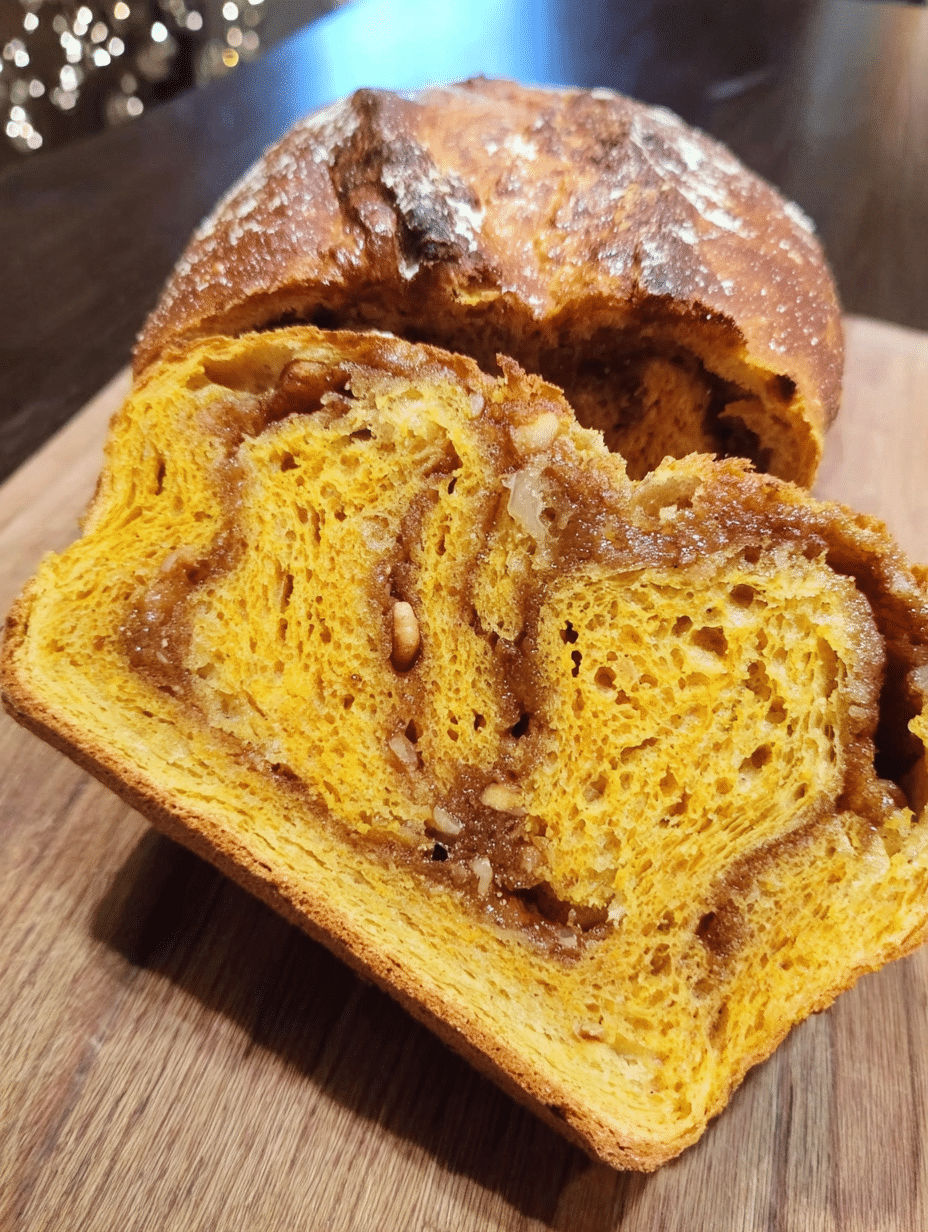
This stage sets the foundation for a well-shaped, flavorful loaf. Take your time and trust the process sourdough rewards patience every single time.
Shaping, Filling & Proofing – Creating the Swirl
Rolling & Filling for a Cinnamon Swirl
This is the step where your pumpkin sourdough bread goes from simple to stunning. Once your dough finishes bulk fermentation and feels light and airy, turn it out gently onto a lightly floured surface. Using a rolling pin, shape it into a rectangle about 12×16 inches. Try not to press out all the air bubbles you want to preserve some of that rise.
Now it’s time for the filling. Mix together pumpkin purée, brown sugar, cinnamon, flour (this prevents the filling from leaking), chopped pecans, and a dash of nutmeg. Spread it generously over the surface, leaving a small border at the edges.
Start rolling the dough up jelly-roll style, from the long side. Roll tightly but gently, keeping the swirl even. Pinch the seam closed and tuck in the ends. You can shape the roll into a batard (oval) or coil it slightly into a round boule if your proofing basket fits that better.
The swirl gives the bread its cozy, cinnamon-laced character. If a little filling leaks out during baking, don’t worry it creates delicious caramelized edges. For more experience with filled sourdoughs, try the Sourdough Discard Cinnamon Sugar Knots or Sourdough Discard Cinnamon Roll Bites. Both use similar rolling techniques and can help build your confidence.
Before moving to the next stage, dust your banneton with rice flour or line a bowl with a floured towel. Gently place the shaped dough seam-side up and cover for cold proofing.
Cold Proofing: Why the Fridge is Your Friend
Cold fermentation isn’t just convenient it’s flavor magic. Once your dough is shaped and placed in the banneton, it goes straight into the fridge for an overnight proof. This slow fermentation builds deeper flavor, improves structure, and makes the dough easier to handle and score the next day.
Your dough can stay in the fridge for up to 18 hours. The longer it proofs, the tangier the final loaf becomes. Cold proofing also lets the crust dry slightly, which leads to crispier bakes and better oven spring.
In the morning, remove your dough from the fridge while your oven preheats (ideally to 450°F / 230°C). No need to bring it fully to room temperature bake it cold straight from the fridge for the best results. The dough will hold its shape better this way, giving you that bakery-style dome.
Before baking, gently turn the dough out onto parchment paper. If you’re feeling fancy, score a leaf or spiral design on top using a sharp lame or razor blade. This not only controls the rise but also adds that artisan look.
Cold fermentation might sound intimidating at first, but it’s one of the best ways to level up your sourdough. It gives you flexibility with timing and improves both flavor and structure. Plus, when you bake the next morning, your home will smell like a cinnamon-pumpkin dream.
Baking & Serving – Bringing Your Pumpkin Sourdough to Life
Dutch Oven Magic: Baking Pumpkin Sourdough Bread
Baking pumpkin sourdough bread is where all your hard work turns golden literally. For the crispiest crust and loftiest rise, use a Dutch oven. Its sealed environment traps steam, which allows your loaf to expand fully before the crust sets.
Preheat your Dutch oven at 450°F (230°C) for at least 30 minutes before baking. Once your dough is flipped onto parchment, score it with a sharp lame to guide the oven spring. A simple slash works, or try a spiral to echo that cinnamon swirl inside.
Carefully place the dough into the hot Dutch oven. Bake covered for 20 minutes to trap steam, then remove the lid and continue baking another 20–25 minutes. Look for a deep golden crust with slight blistering this means your fermentation was spot on.
To test doneness, tap the bottom of the loaf it should sound hollow. If the crust feels soft, return it to the oven directly on the rack for 5–10 more minutes.
The smell alone will stop you in your tracks: roasted pumpkin, cinnamon sugar, and that unmistakable sourdough tang. It’s pure fall comfort. For more inspiration on enriched doughs with a crusty finish, check out this crowd-favorite Sourdough Cinnamon Donut Bread or these savory Sourdough Discard Pretzels.
Slicing, Storing, and Toasting Tips
Here’s the hardest part: let your pumpkin sourdough bread cool completely before slicing. Cutting into it too soon can result in a gummy crumb. Once cooled, use a serrated knife to slice cleanly through the crust without compressing the soft interior.
This bread keeps beautifully for 3–4 days at room temperature. Store it cut-side down on a cutting board, wrapped in a clean kitchen towel. For longer storage, freeze slices individually and toast them straight from frozen.
Speaking of toasting this loaf shines when warmed. The swirl caramelizes just enough to get crispy on the edges, while the center stays soft. Add a smear of cultured butter or a drizzle of maple syrup for extra decadence. Or try it as the base for French toast it’s next-level good.
Pumpkin sourdough also pairs wonderfully with cream cheese, apple butter, or even sharp cheddar if you like sweet-savory combos. However you serve it, every bite feels like fall on a plate.
Frequently Asked Questions (FAQs)
Can you add pumpkin purée to sourdough bread?
Yes! Pumpkin purée works beautifully in sourdough bread. It adds moisture, subtle sweetness, and natural sugars that help feed your starter, giving the dough a better rise and a gorgeous golden hue. Just be sure to balance the extra hydration it adds.
How do you make pumpkin sourdough bread sweet and soft?
To make pumpkin sourdough bread soft and gently sweet, use pumpkin purée, maple syrup, and a cinnamon-sugar swirl. These ingredients enrich the dough naturally without overpowering the sourdough’s tang. A touch of fat like olive oil or butter in the filling can add tenderness too.
Can I fill sourdough with sugar and spices like cinnamon?
Absolutely. Cinnamon, sugar, and even nutmeg or cardamom can be used in sourdough. Swirl them into the dough during shaping or add as a layer between folds. Just be mindful of seam sealing and avoid overfilling to prevent leakage during baking.
What’s the best way to shape a filled sourdough loaf?
Roll your dough into a rectangle, spread the filling evenly, and roll it up tightly like a jelly roll. Pinch the seam to seal, then shape into a boule or batard. Use a floured banneton or lined bowl for proofing to support the filled dough’s structure.
Conclusion
Pumpkin sourdough bread is more than a recipe it’s a seasonal ritual, a cozy kitchen project, and a delicious reward all in one. From mixing the silky pumpkin dough to rolling in that cinnamon swirl and finally slicing into the golden crust, every step invites you to slow down and savor.
If you’re just starting out with sourdough, don’t worry about perfection. This bread is forgiving. Even small “flaws” turn into golden, crackly beauty in the oven. And the flavor? Always spot-on.
Ready to bake something that tastes like autumn in every bite? Your starter is calling.

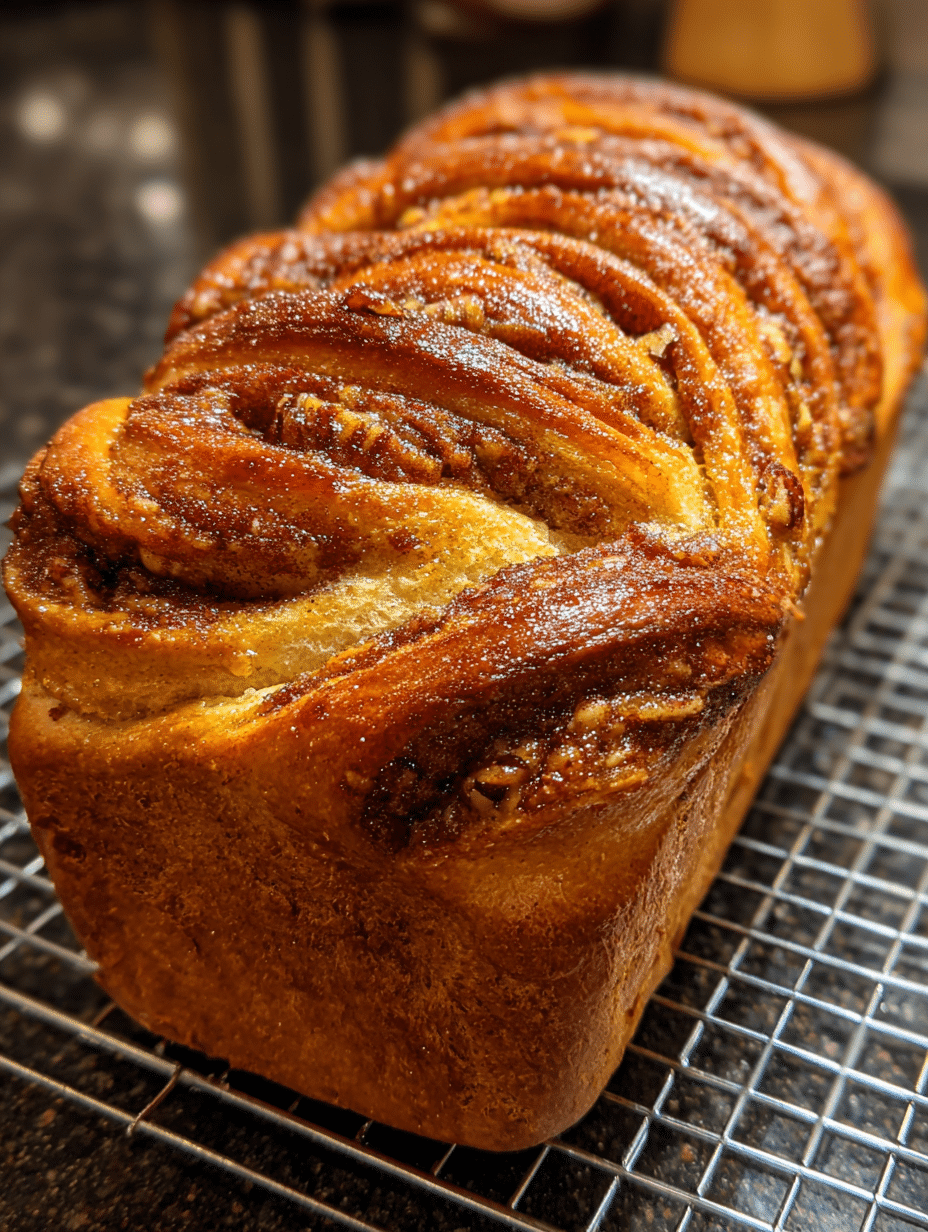
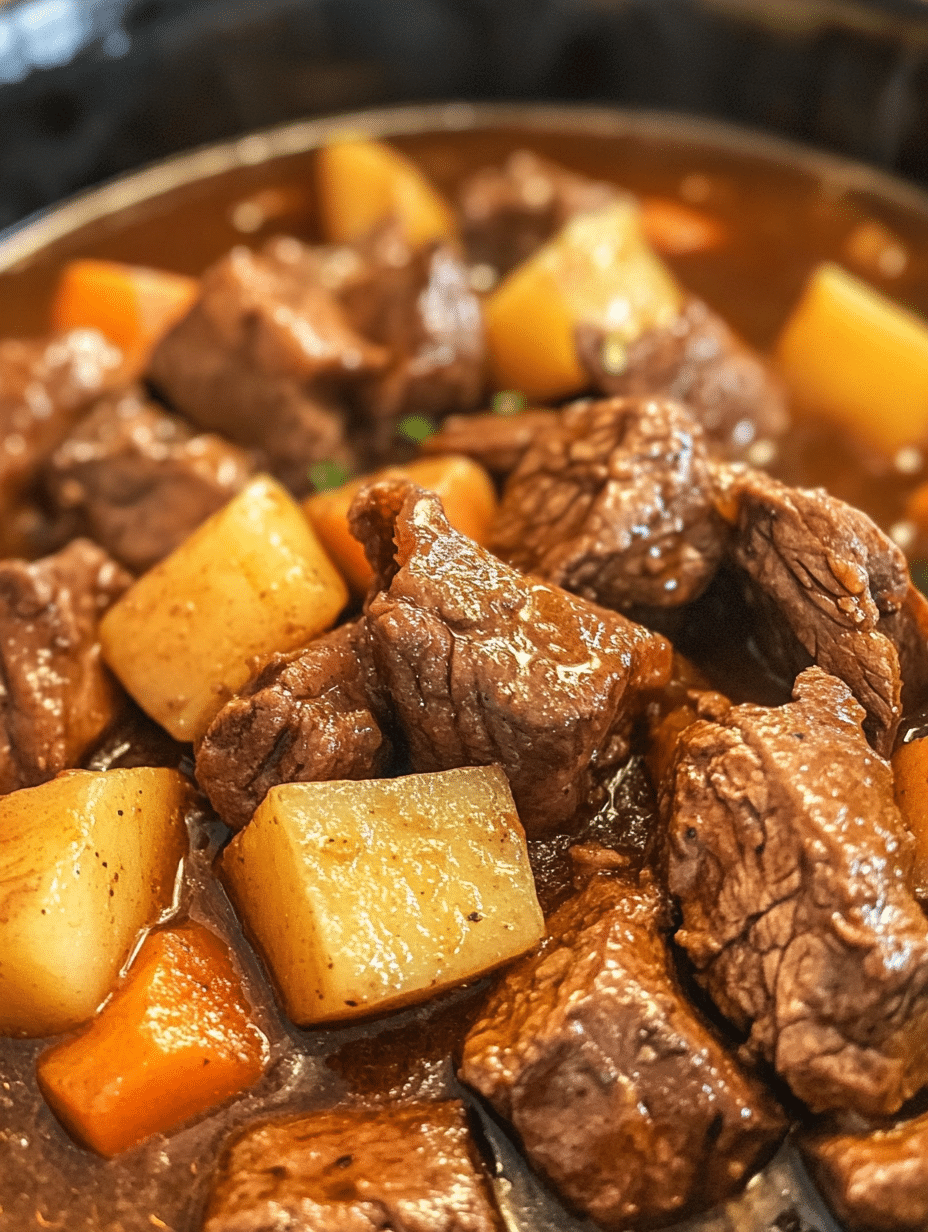
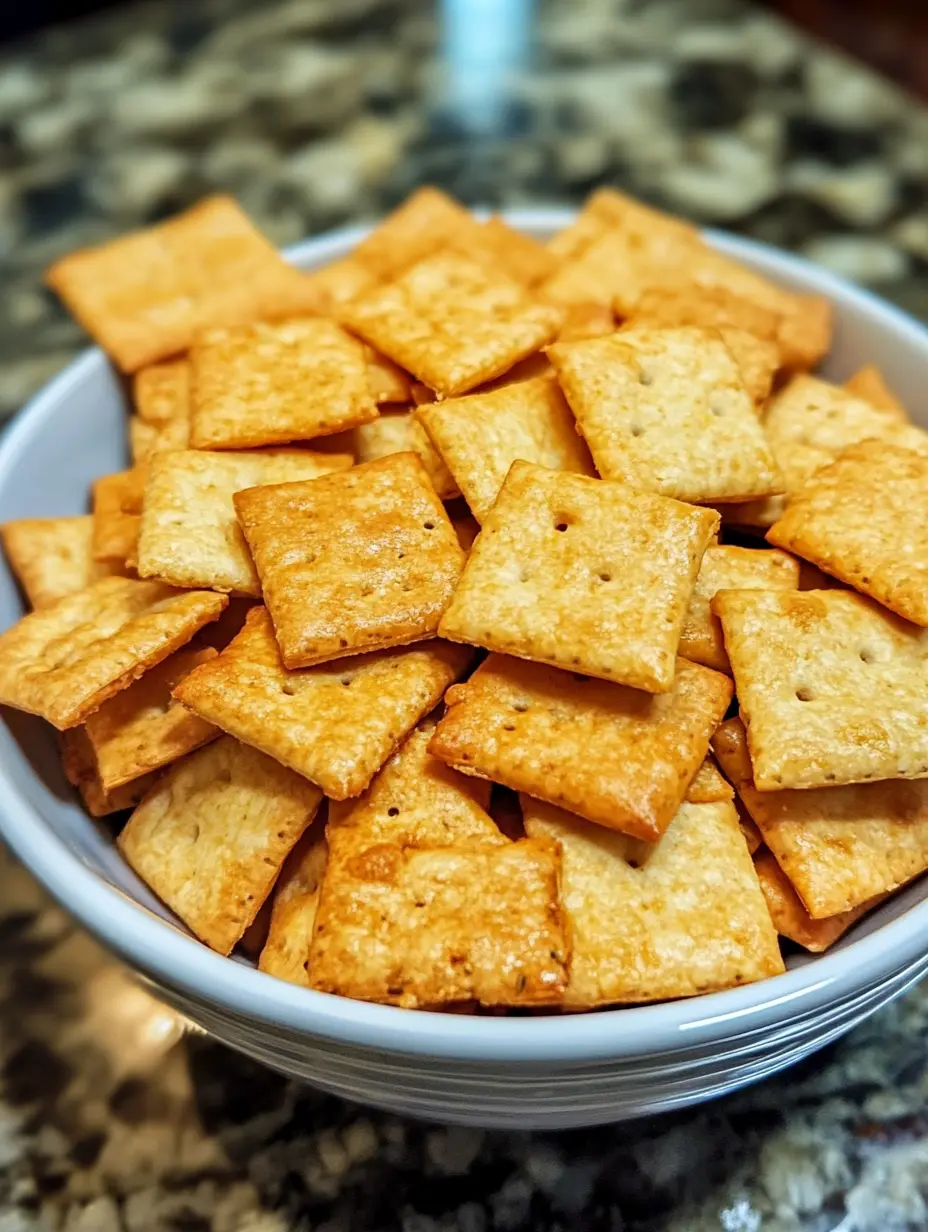
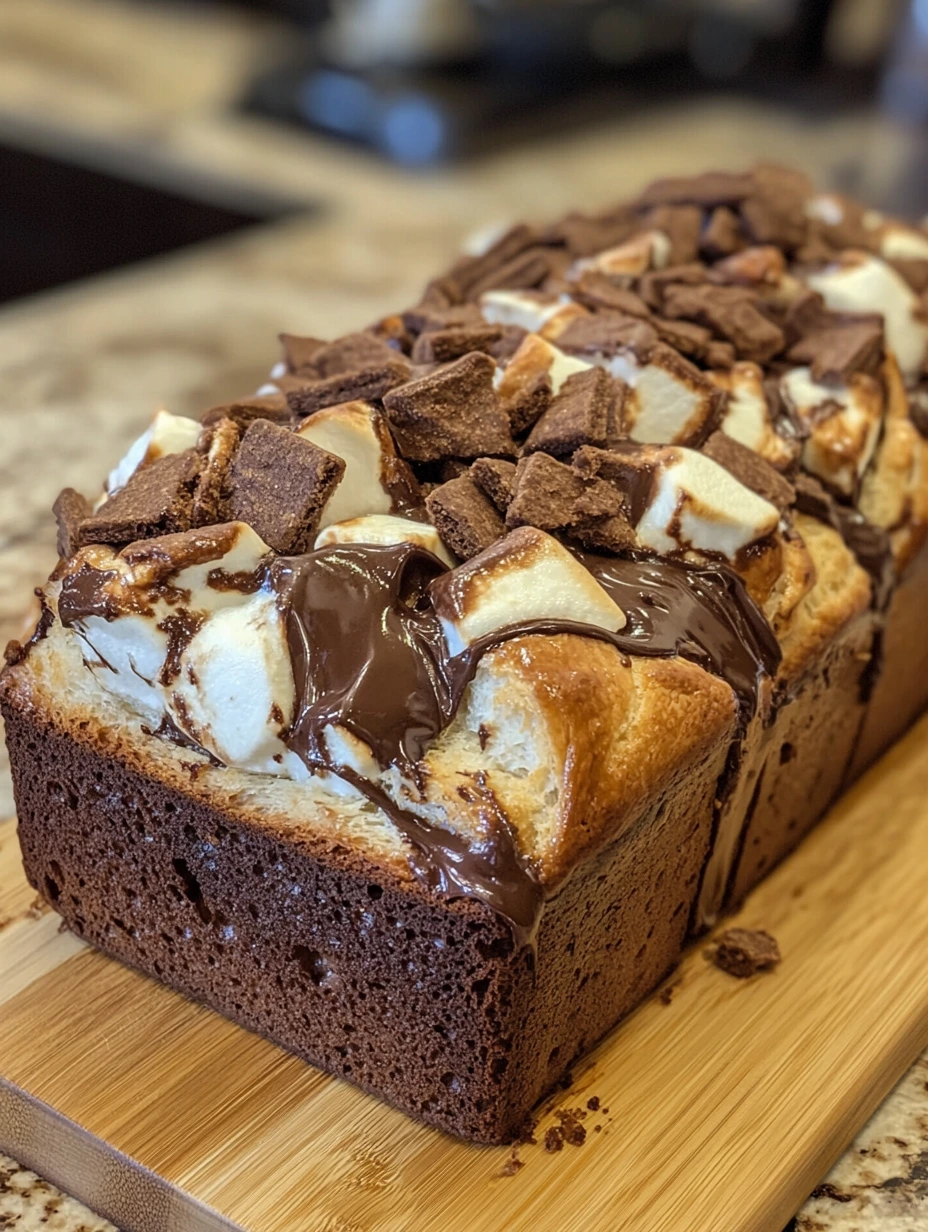

Hi. I’m in the process of making this bread, but I want to bake it in the loaf pan. Should I still use same temperature settings? Do I need to cover it? And for how long should I bake it? Thank you!!! 😊
Hi! Yes, you can bake it in a loaf pan. Keep the temp at 450°F, but cover it for the first 20–25 minutes, then uncover and bake another 20–30 minutes until golden and fully baked. If using a glass or ceramic pan, you can lower to 425°F after uncovering. Let it cool completely before slicing. Enjoy!
Thank you! I’ll try that.